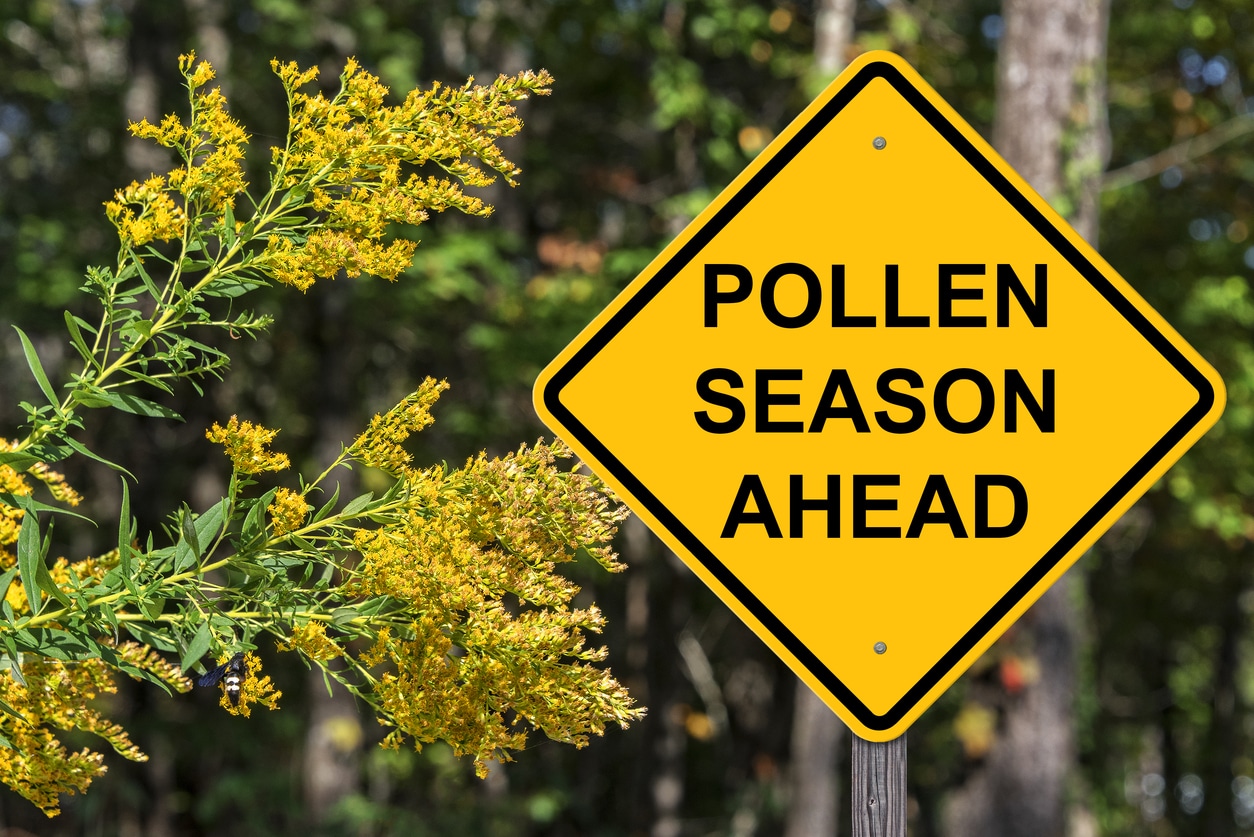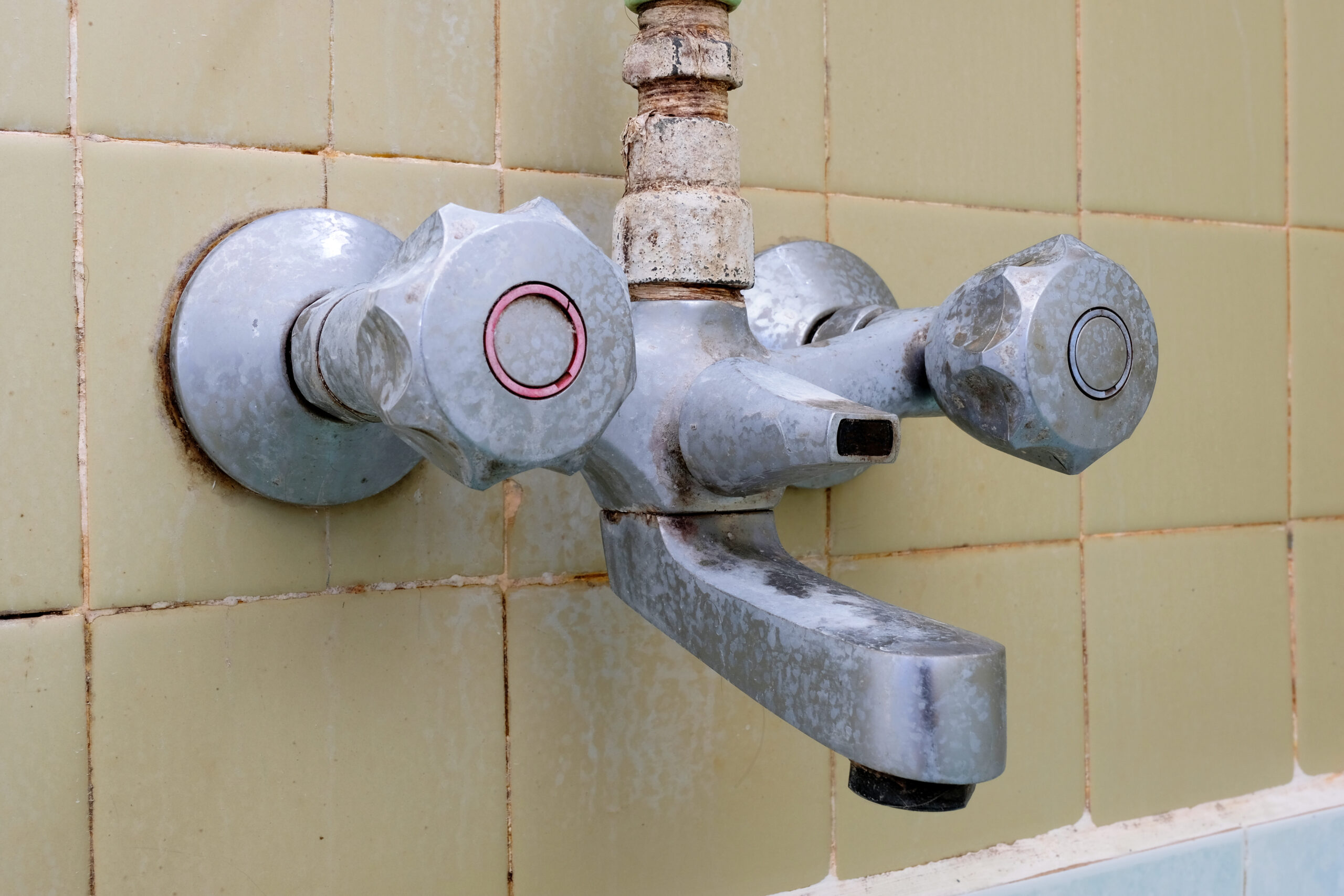|
Getting your Trinity Audio player ready...
|
From cooler weather to beautiful foliage, there are many things to look forward to each fall. Unfortunately, the change in weather can also trigger your allergies. Weed allergies are particularly problematic for many Pennsylvanians, especially during August and September, known as hay fever season. Fortunately, there are ways you can protect your home and improve your allergy systems.
Contact the Mattioni Plumbing, Heating & Cooling experts at (610) 400-8510 for indoor air quality solutions for your Pennsylvania home.
Weed Pollen Allergies & Symptoms
In Pennsylvania, the most common weed allergens are ragweed, wormwood, amaranth, orache, and sagebrush. These plants will likely cause more prominent symptoms in people with weed or tree pollen allergies when together.
- Ragweed is the most prevalent and bothersome allergen. This weed blooms as the weather changes, and you can expect pollen levels to be the worst in the morning or highest after rainfall. It most commonly causes watery eyes and sniffling.
- Wormwood, also known as mugwort, is in the same family as daisies and sunflowers. These bushes produce a lot of pollen dispersed through blowing winds, and the allergy season for this plant is from mid-summer to early fall. Symptoms include congestion, itchy throat, and runny nose.
- Amaranth, or pigweed, is a heavy pollen producer and can cause typical allergy symptoms.
- Orache, also commonly known as saltbush, reacts with pigweed to cause more significant symptoms in allergy sufferers.
- Sagebrush’s lightweight pollen is dispersed through the air when the wind blows. The most common symptoms of sagebrush are itchy or watery eyes, coughing, sneezing, and headaches.
Reducing Pollen Indoors
You can reduce the amount of pollen inside your home by installing an air cleaner. By reducing ragweed and other weed allergens in your home, you can expect these benefits:
- Reduced allergy and asthma symptoms
- Improved sleep quality
- Less dust and pet dander
- Minimized mold and mildew within your home
- Decreased skin irritation
Choose Mattioni for Indoor Air Quality Solutions
Family-owned and -operated, Mattioni Plumbing, Heating & Cooling offers reliable indoor air quality solutions to alleviate fall allergy symptoms. Our NATE-certified technicians provide air quality testing, whole-home humidifiers and dehumidifiers, and air purification and filtration. With over 75 years of industry experience, we have the knowledge, skills, and tools to ensure your HVAC system works reliably all year.





